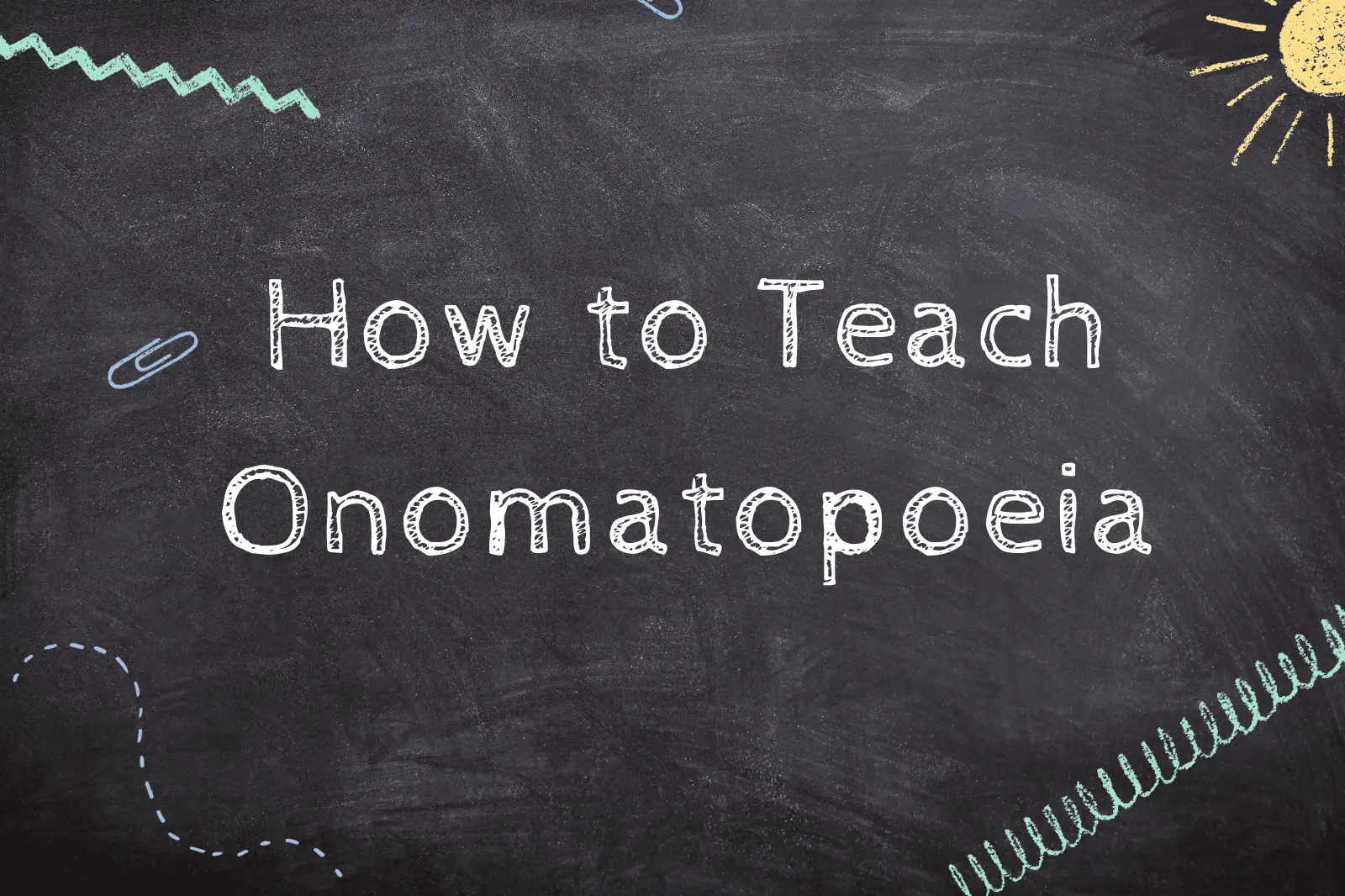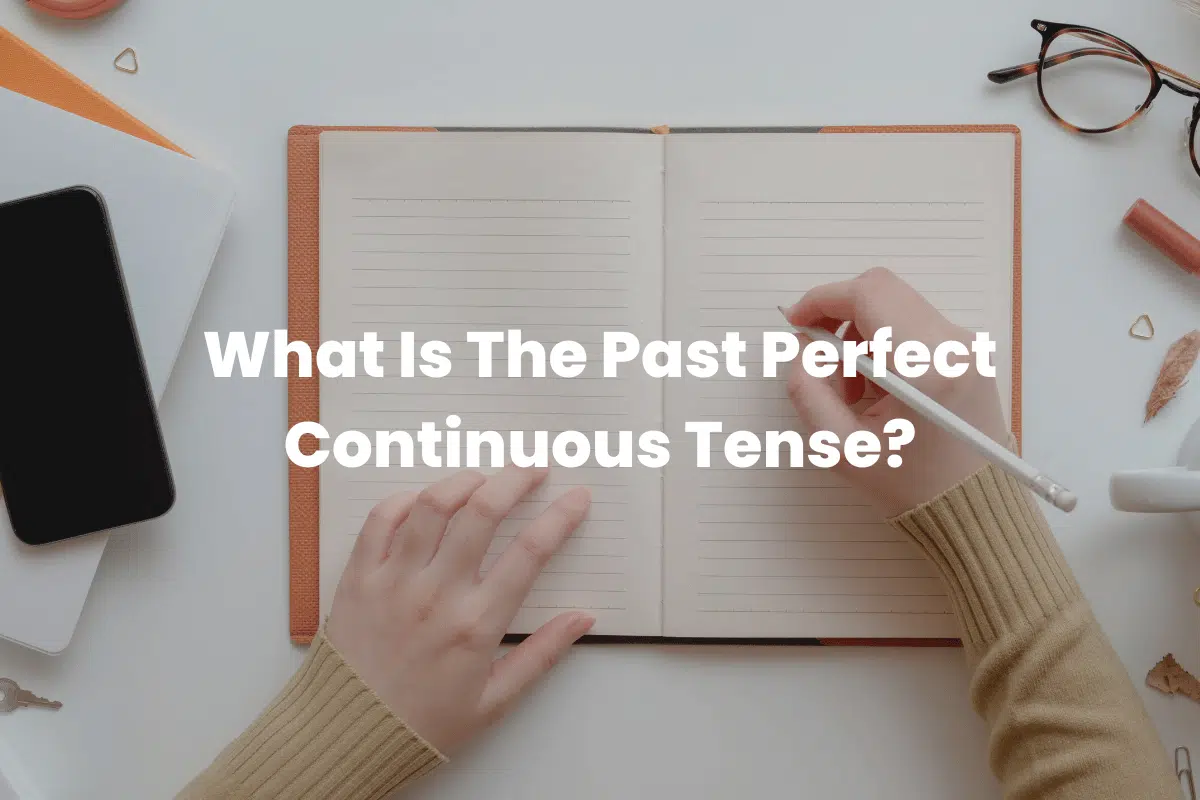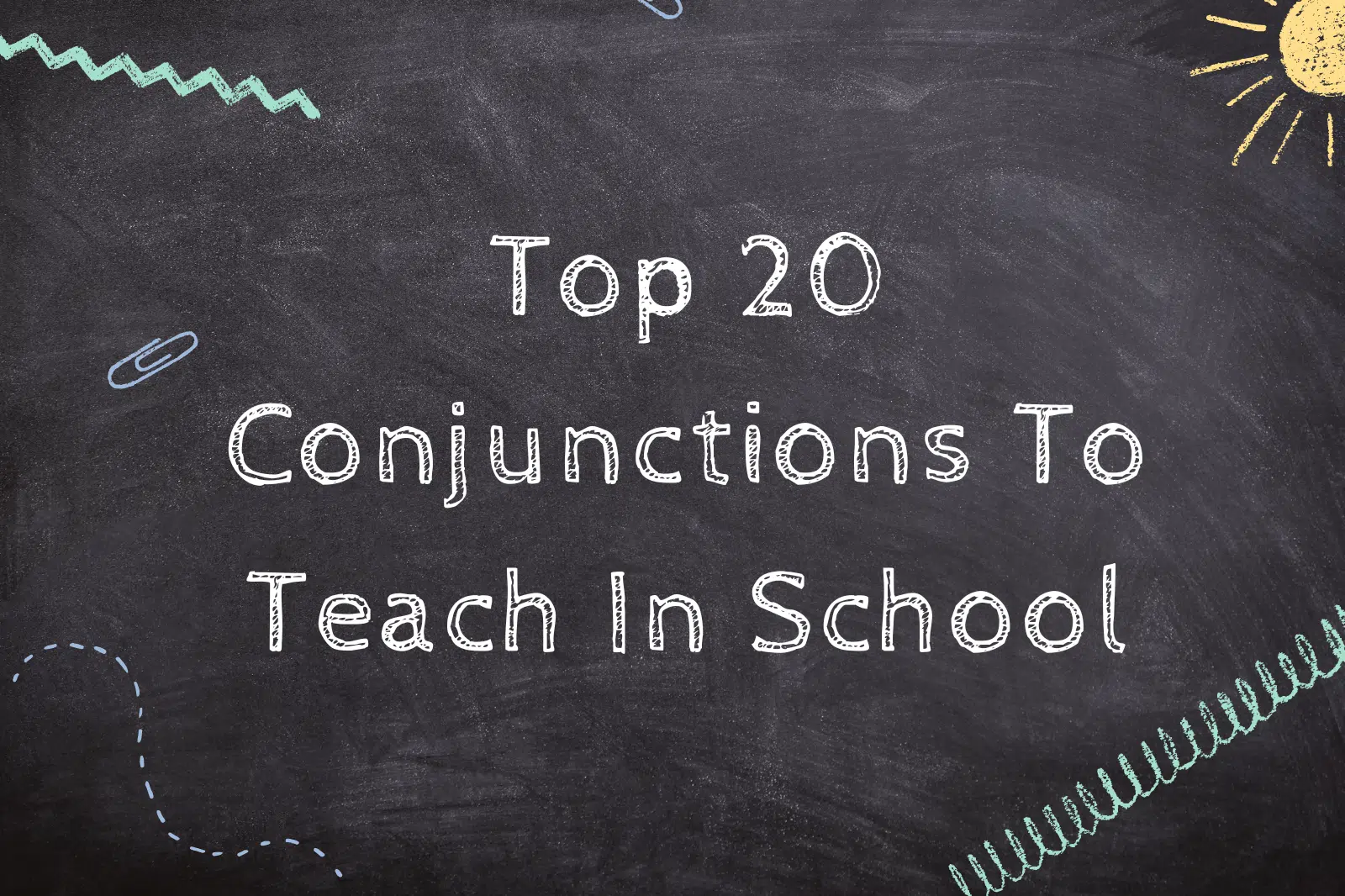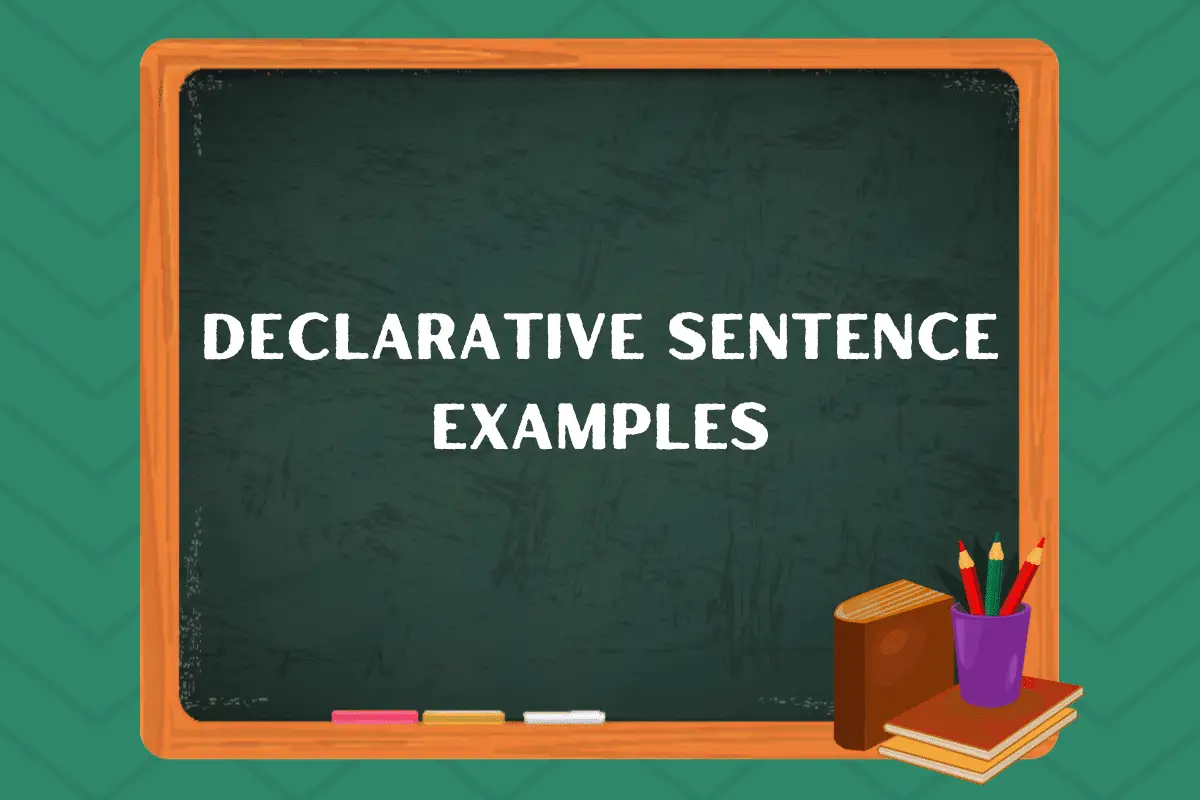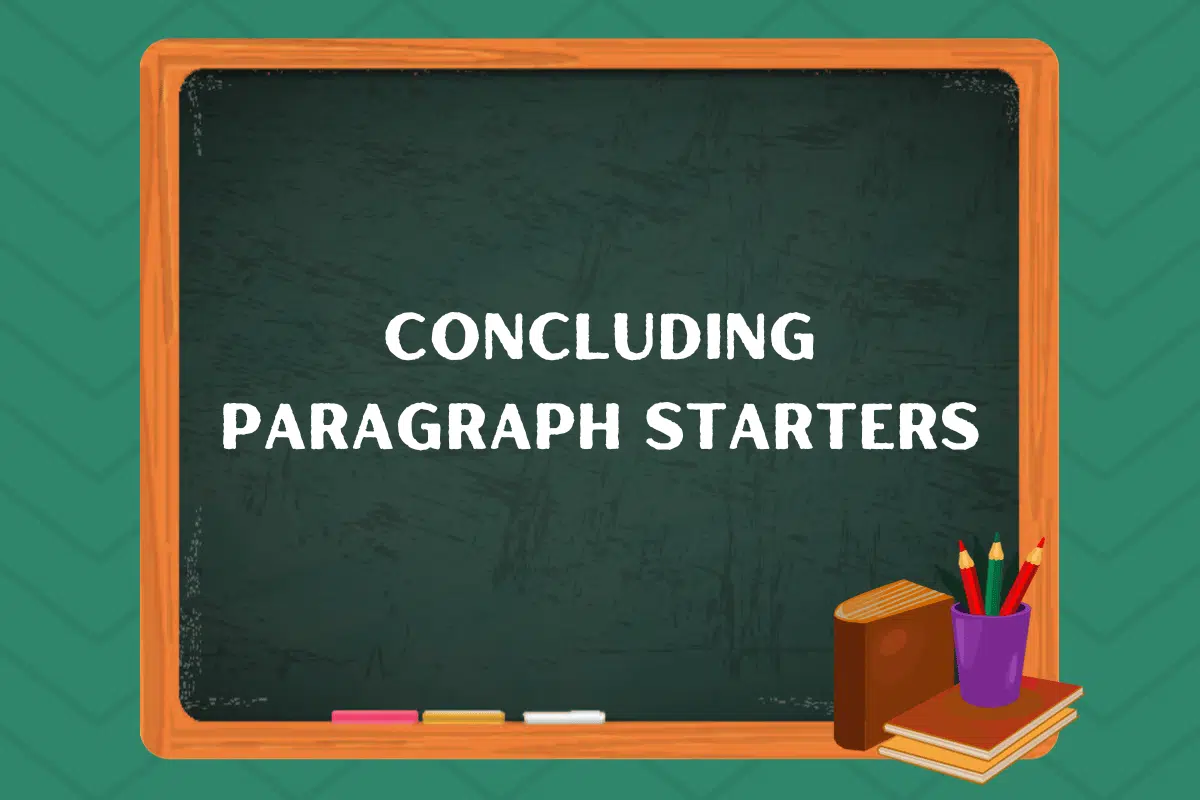Alliteration is a literary device often taught in schools to help students improve their writing skills. This technique involves repeating the same sound at the beginning of two or more words in a sentence.
This technique can create a sense of rhythm, add emphasis, and make writing more memorable. Alliteration can be used in a variety of contexts, including poetry, prose, and advertising.

Understanding alliteration is an integral part of learning to write well. It is a technique that can be used to create a sense of rhythm and flow in writing, and it can also be used to add emphasis to certain words or phrases.
Alliteration is a technique that can be used in various contexts, including poetry, prose, and advertising. It is a powerful tool that can help writers to create more memorable and impactful writing.
Key Takeaways
- Alliteration is a literary device that involves repeating the same sound at the beginning of two or more words in a sentence.
- Alliteration can create a sense of rhythm, add emphasis, and make writing more memorable.
- Alliteration is a powerful tool that can help writers to create more impactful writing.
Understanding Alliteration
Definition and Purpose
Alliteration is a literary device that involves the repetition of sounds at the beginning of words. It is used to create a musical effect, to emphasize certain words or phrases, and to make writing more memorable.
The purpose of alliteration is to add rhythm and flow to a piece of writing, making it more engaging for the reader.
Alliteration in Literature
Alliteration is commonly used in poetry, but it can also be found in prose and other forms of writing. Examples of alliteration can be found in famous works of literature, such as Shakespeare’s “The Tempest,” which includes the line, “Full fathom five thy father lies.
This line uses alliteration with the repeated “f” sound. Another example is the children’s book “Green Eggs and Ham” by Dr. Seuss, which is full of alliteration, such as “Sam-I-am” and “box with a fox.”
The Role of Consonance and Assonance
Consonance and assonance are related to alliteration and are also used to create musical effects in writing. Consonance is the repetition of consonant sounds within words, while assonance is the repetition of vowel sounds within words.
These techniques can be combined with alliteration to create a more complex and layered effect in writing.
Alliteration is a powerful tool used in literature to create a musical effect, emphasize certain words, and make writing more memorable.
It is commonly used in poetry but can also be found in prose and other forms of writing. Consonance and assonance are related techniques that can be used in combination with alliteration to create a more complex and layered effect.
Exploring Alliteration Across Year Groups

Alliteration is a literary device that uses the repetition of sounds at the beginning of words in a sentence or phrase.
It is a fundamental concept in poetry and a useful tool for writers to create rhythm, emphasis, and tone in their writing. In this section, we will explore how alliteration can be taught across different year groups.
Early Years Fundamentals
In early years, children can be introduced to alliteration through nursery rhymes and songs. Teachers can use simple alliterative phrases such as “Peter Piper picked a peck of pickled peppers” to help children identify the repeated sounds.
This can help develop their phonemic awareness and listening skills. Teachers can encourage children to create their alliterative phrases, which can help develop their creativity and imagination.
Key Stage 1 and 2 Applications
In Key Stage 1 and 2, alliteration can be used to enrich children’s writing. Teachers can use alliterative sentences as a model for children’s writing and encourage them to use alliteration in their own writing.
For example, if the topic is animals, children can write a sentence such as “The slimy snake slithered silently.” This can help children develop their vocabulary and language skills.
Alliteration can also be used in poetry. Teachers can introduce different types of poetry that use alliteration, such as tongue twisters and acrostic poems.
Children can write their own poems using alliteration, which can help them develop their creativity and writing skills.
Secondary Education Enrichment
In secondary education, alliteration can be used to enrich students’ understanding of literature. Teachers can use alliterative phrases in literature to help students analyze the writer’s use of language.
For example, in Shakespeare’s play Macbeth, the witches’ chant “Double, double, toil and trouble” uses alliteration to create a sense of rhythm and foreboding.
Alliteration can also be used in persuasive writing. Students can use alliteration to create a memorable slogan or catchphrase. For example, “Save the Seas with Sustainable Solutions.”
This can help students develop their persuasive writing skills and make their writing more impactful.
Alliteration is a versatile literary device that can be taught across different year groups. It can help develop children’s listening, language, and writing skills. In secondary education, alliteration can be used to enrich students’ understanding of literature and develop their persuasive writing skills.
Alliteration in Practice
Alliteration is a literary device that uses the repetition of the same sound or letter at the beginning of adjacent or closely connected words.
It is a powerful tool that can be used to create musical and memorable phrases. Here are some ways to practice alliteration and improve your writing skills.
Crafting Alliterative Sentences
One way to practice alliteration is by crafting alliterative sentences. Start by choosing a letter and then try to create a sentence using as many words as possible that begin with that letter.
For example, “Peter Piper picked a peck of pickled peppers” is a famous alliterative sentence that uses the letter “P.” Crafting alliterative sentences can help you improve your vocabulary and writing skills.
Poetry and Prose
Alliteration is commonly used in poetry and prose to create a musical flow and emphasize certain words or phrases. In poetry, alliteration can be used to create a rhythm or to emphasize certain sounds.
For example, “the fair breeze blew, the white foam flew” from Samuel Taylor Coleridge’s “The Rime of the Ancient Mariner” uses alliteration to create a musical flow. In prose, alliteration can be used to emphasize certain words or phrases and to create a memorable sentence.
For example, “She sells seashells by the seashore” is a memorable sentence that uses alliteration to emphasize the initial “s” sound.
When using alliteration in poetry or prose, it is important to not overuse it and to make sure that it fits the tone and style of the piece. Alliteration should be used to enhance the writing, not to distract from it.
Iconic Examples of Alliteration
Here are some of the most iconic examples of alliteration that have stood the test of time.
Alliteration in Pop Culture
Alliteration has been used extensively in pop culture, especially in character names. For example, Mickey Mouse and Minnie Mouse are both alliterative names that have become synonymous with the Disney brand.
Similarly, the name of the main character in Spongebob Squarepants is alliterative, while his friends have non-alliterative names.
Alliteration has also been used in comic books. The Fantastic Four, a popular superhero team, all have alliterative names:
Mr. Fantastic, Invisible Woman, Human Torch, and The Thing. In the world of DC Comics, Lois Lane and Wonder Woman are two characters with alliterative names.
Historical Literary Examples
Alliteration has been used in literature throughout history. William Shakespeare, for example, used alliteration in many of his plays. In Macbeth, the witches’ chant “Double, double, toil and trouble” is a famous example of alliteration.
Edgar Allan Poe’s poem, “The Raven,” is another example of alliteration in literature. The repeated use of the “r” sound in the phrase “rapping at my chamber door” creates a haunting and eerie effect.
Tongue twisters are another form of literature that rely heavily on alliteration. For example, “She sells seashells by the seashore” is a popular tongue twister that uses alliteration to create a playful and fun effect.
The Impact of Alliteration
Alliteration is a powerful literary device that can have a significant impact on the reader’s attention, emphasis, and mood.
It is a technique that involves the repetition of consonant sounds at the beginning of words in a sentence or phrase. Alliteration can be found in various forms of writing, including poetry, prose, and advertising.
Engaging the Audience
One of the primary effects of alliteration is that it can capture the reader’s attention and engage them in the text. When used effectively, alliteration can create a rhythmic and musical quality to the text, making it more memorable and enjoyable to read.
This is particularly useful when writing for a younger audience, as it can help to keep their attention and make the text more engaging.
Alliteration in Advertising and Marketing
Alliteration is also commonly used in advertising and marketing to create memorable slogans and catchphrases.
For example, the famous McDonald’s slogan “I’m Lovin’ It” uses alliteration to make the phrase more memorable and catchy.
Similarly, the car manufacturer Audi uses alliteration in its slogan “Vorsprung Durch Technik” to create a sense of innovation and forward-thinking.
Alliteration can also be used to create a particular mood or tone in the text. For example, the repeated use of the “s” sound in the phrase “softly, sweetly, slowly” creates a gentle and soothing tone.
In contrast, the repeated use of the “t” sound in the phrase “tongue-twister” creates a sense of challenge and difficulty.
Overall, alliteration is a powerful literary device that can be used to great effect in a variety of writing contexts.
Whether used to engage the reader’s attention, create memorable slogans, or set the tone of a piece of writing, alliteration is a technique that every writer should be familiar with.

